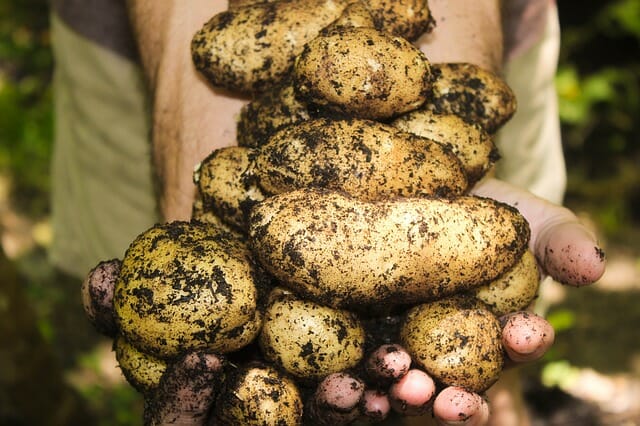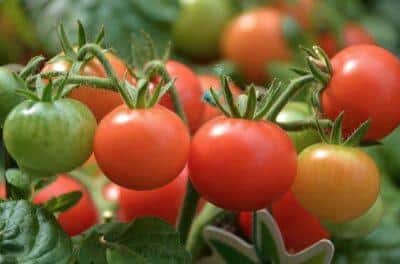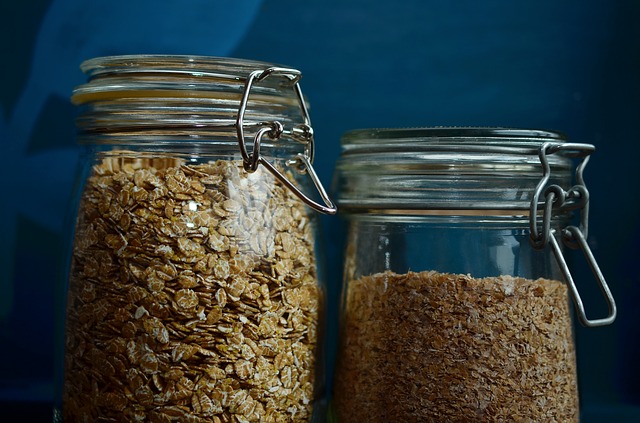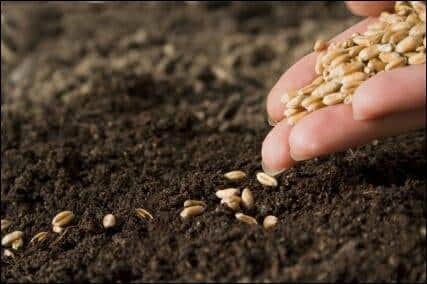
One of the best benefits to having your own garden is the ability to pick and choose what you grow. There is nothing quite like harvesting a crop and serving it to your family.
With a raised bed, you have more flexibility than a traditional garden, so your planting options are endless. But what should you plant? Some vegetables do better than others in a raised bed. If you’re new to raised-bed gardening, start with some of these sure-fire winners:
Potatoes. A raised bed is perfect for growing potatoes. The loose soil allows the plant to spread easily, and also allows for easy draining, preventing the plants from rotting quickly. A contained bed makes it easy to add hills over the plant shoots and gives you easy access for harvesting.
Need Non-GMO Heirloom Seeds? Get Them From A Company You Can Trust!
Onions. For best results, onions need a long growing season. A raised bed lets you plant early and leave them until they mature; for most varieties, this can be up to 100 days. By customizing the soil, you can create an optimum growing medium for onions by mixing lots of compost in with your soil. The easy draining and loose soil are perfect for onions.
Root vegetables. Carrots, radishes, beets and other root vegetables grow best in soil that is loose and rock-free. Your garden bed allows these veggies complete growing freedom in an environment designed for success. You can customize the depth of the bed, ensuring that they have enough soil to grow.
Tomatoes. One year, I did an entire raised bed of tomatoes. To mix things up, I had several varieties: cherry, plum, beefsteak, green and yellow. Tomatoes thrive in a raised bed! Give them a rich, nutrient-dense soil and they will produce (and produce, and produce, and produce!).

Have some specific gardening needs? You can still have success with your raised beds.
Problems With Shade?
If your yard gets less than six hours of sunlight a day, you can still have a bountiful garden. Try some of these shade-loving vegetables that do well in a raised bed: beets, carrots, kale and scallion.
Seamazing: The Low-Cost Way To Re-mineralize Your Soil
Some years, I purposely move my raised beds into a shady part of the yard so I can take advantage of early spring planting to grow a variety of lettuces. With a raised bed, I can plant earlier than in a traditional garden, so the less heat-tolerant plants have a better chance of success.
Have Young Gardeners?
Have kids (or grandkids) that love to help in the garden? Add interesting plants to help captivate their attention and keep them interested in what’s growing! Blue potatoes, carrots, peanuts, watermelon, and pole beans are all perfect raised bed plants. Add some cherry tomatoes for fun (they’re perfect to snack on while working in the garden), or Swiss chard for visual interest.
Want a Photo-Worthy Garden?
Make your neighbors (and your social media friends) jealous with a garden that is not only supplying you with vegetables, but has visual appeal. Jerusalem artichoke, fennel, asparagus, peppers and sunflowers are a delight for the eyes (and the taste buds). They do well in a raised bed and make an impressive display for front-yard gardens.
No matter what you grow in your raised bed, always try to add something new. You never know what new favorite you may discover!
What are your favorite vegetables to plant in a raised bed? Share your tips in the section below:










